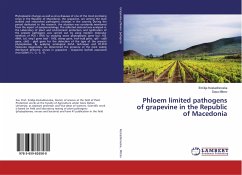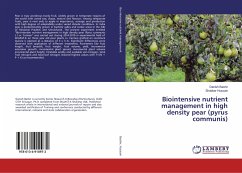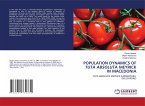Erwinia amylovora, a bacterial blight affecting fruit, is one of the most known and dangerous diseases affecting quince, pear and apple and other Rosaceae family plants. It was first discovered in America in 1780, and first appeared in Macedonian quinces in 1989. Erwinia amylovora, called bacterial blight of fruit trees and ornamental plants, is one of the most intensely pathogenic bacteria that have been studied. It is assumed that the disease was first recognised in the United States at the end of the 18th century in wild species of plants, from which the bacteria spread to sensitive varieties of pear (Pyrus communis), apple (Malus silvestris) and quince (Cydonia oblongata), introduced by early American settlers from Eastern Europe and Southwest Asia. Drying of fruit trees was first observed in mountainous areas on both sides of the Hudson River in New York. From this region, the bacteria spread at high speed to neighbouring countries. Symptoms of E. amylovora are generally seen in the flowers which dehydrate and then turn either brown or black. The most massive and intensive symptoms is spread from the flowers.








